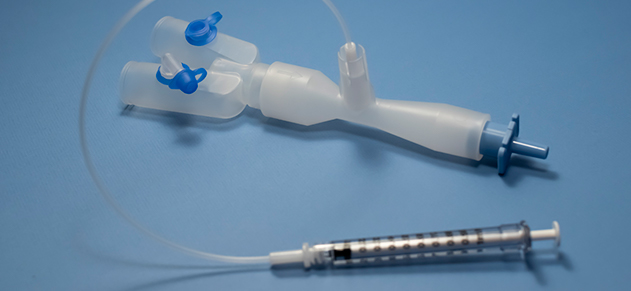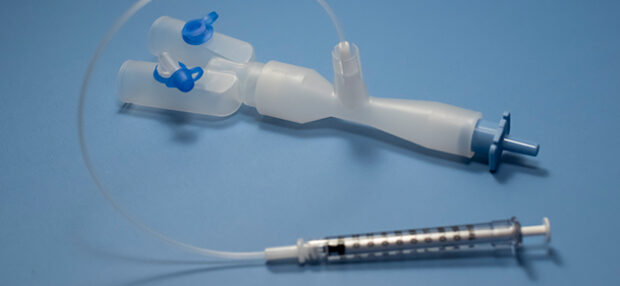Medspray Pharma BV has secured funding from the Bill & Melinda Gates Foundation to develop a new way of delivering medication to babies. We aim to develop a new, non-invasive method that can be used on newborns all over the world; regardless of the locally available levels of medical resources. Thanks to the development agreement, Medspray can continue developing and testing the method, supported by a team of experts.
Medspray is excited to announce that it has signed a 10-month development agreement with the foundation. Within the scope of the agreement, Medspray will use its existing spray technology to develop a non-invasive method to help deliver surfactant to premature babies. Current methods for delivery of the medical substance are invasive. And in low-resource countries, these methods can often not even be used due to absence of essential equipment, often resulting in severe complications.
Early-stage feasibility tests with commercially available surfactants showed promising results with Medspray technology’s sprayability. The soft mist spray, based on the Rayleigh spray principle, allows for a non-destructive nebulization method for the delivery of fragile (bio)molecules. Over the next months, Medspray will perform more extensive tests, such as formulation testing with traditional and animal derived surfactants. In the next phase, the focus will be on developing and prototyping an aerosol delivery device, intended to work in combination with a CPAP, ventilation or manual ventilation bags.
To get the best results within the span of the agreement, we are proud and excited to say that we have teamed up with key opinion leaders in neonatal care in the US and with a team from the foundation focused on maternal and newborn health.
For more information on the Bill & Melinda Gates Foundation, please visit their website.
Want to keep track of our progress?
Stay in touch through our social channels and follow us for more exciting news and updates on our project funded by the Bill & Melinda Gates Foundation.

